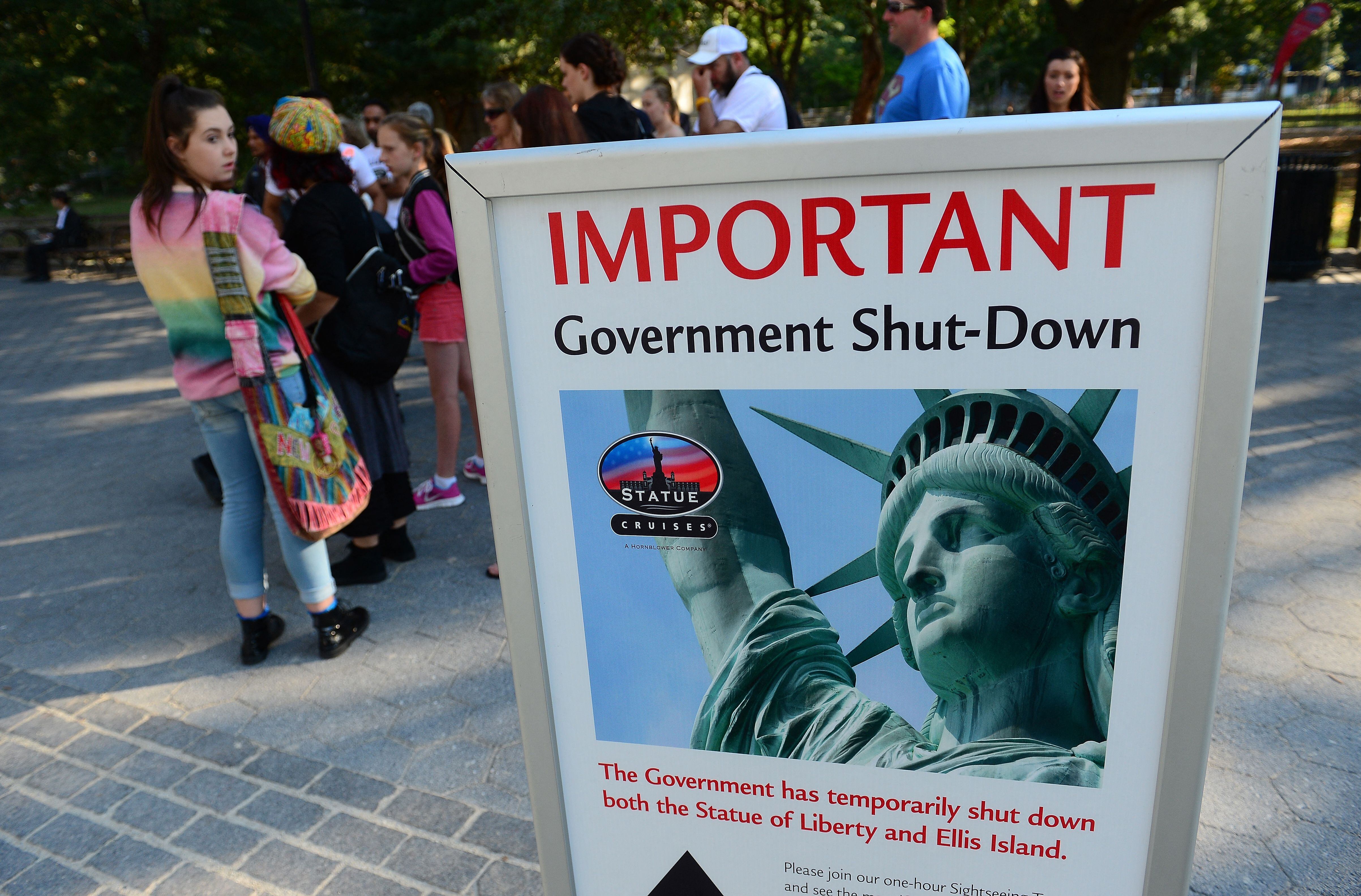The U.S. military is expanding its list of potential targets in Syria to include the al-Qaida affiliate known as al-Nusra and the forces loyal to the embattled Assad regime, a Pentagon official said.
The widening war effort comes as the U.S. begins to follow through on a promise to support the moderate Syrian rebels who have undergone the American-led train-and-equip program and recently returned to the battlefield in Syria.
"These are people we are working with and trained, and we will be providing defensive support," Navy Capt. Jeff Davis, a Pentagon spokesman, said Monday.
One year after the start of U.S. airstrikes in Syria, the U.S. military now for the first time has an ally on the ground. Currently estimated to number about 60 fighters, New Syrian Forces are expected to focus their mission on fighting the Islamic State militants who control a large swath of the country.
The U.S. military will provide close-air support strikes to bolster New Syrian Forces offensive operations against the Islamic State, also known as ISIS or ISIL, defense officials said.
Yet those American-backed rebels also are likely to come under fire from other factions in the multipolar civil war, specifically the al-Nusra Front or the Assad regime. When that happens, the U.S. has promised to provide "defensive fire support," Davis said.
"For defensive purposes, we will help to defend them from other threats," he said. "We do recognize that many of these groups fight on multiple fronts [and] we will take the steps necessary to see that these forces can carry out their mission."
The new policy was put to the test Friday, when the New Syrian Forces came under attack from a group that appeared to be part of the al-Nusra Front, Davis said. The NSF, who have a communications link to the U.S. and its allies, requested airstrikes, which were approved and carried out, Davis said.
The airstrikes ended months of ambiguity about whether the U.S. would provide that firepower for the Syrian rebels. Top Pentagon officials had signaled a willingness to support the fighters, but had not clearly stated how and whether that would include close-air support similar to the strikes conducted against ISIS in Iraq in support of Iraqi security forces on the ground.
The new policy potentially pushes the U.S. and its allies closer to a confrontation with the military forces loyal to embattled Syrian President Bashar al Assad, whom the U.S. is threatening to strike if they attack the American allies in Syria.
Yet U.S. military leaders want to avoid a direct clash with Assad if possible in part because Assad's air force retains a formidable air defense system that could threaten the U.S. aircraft flying daily intelligence and strike sorties over Syria.
"We are not at war with the Assad regime," Davis said Monday. "This is not something we view as inviting confrontation with Assad in any way."
The White House on Monday echoed those hopes that Assad would stay out of the way, but made clear there is no formal agreement with the Syrian leader.
"I would not describe it as an agreement," White House spokesman Josh Earnest told reporters Monday. "I would describe it as an admonition, one that we directed to the Assad regime at the very beginning of this effort last fall, where U.S. officials made clear to the Assad regime that they should not interfere with our ongoing counter-ISIL efforts inside of Syria.
"That same admonition, that the Assad regime should not interfere in our counter-ISIL activities, also applies to the opposition fighters that we have trained and equipped to fight ISIL," Earnest said. "So far, the Assad regime has followed that admonition from the United States, and we encourage them to continue to do so."
The expanded mission of providing air support for the Syrian rebels comes at a time when the U.S. and its coalition are expanding air operations in neighboring Turkey. The Turks in July agreed to allow armed aircraft, both manned and unmanned, to fly from Incirlik Air Base. That will allow U.S. aircraft to reach into Syrian air space more quickly and at a lower cost.
With an initial cadre of about 60 fighters, the size of the New Syrian Forces remains small, but U.S. military officials hope to train more than 5,000 at the four existing training facilities in Turkey, Jordan, Saudi Arabia and Qatar.
Pentagon officials initially identified several thousand Syrian rebels as potential candidates for the train-and-equip program, but many were disqualified through their prior connections to extremist groups.
Andrew Tilghman is the executive editor for Military Times. He is a former Military Times Pentagon reporter and served as a Middle East correspondent for the Stars and Stripes. Before covering the military, he worked as a reporter for the Houston Chronicle in Texas, the Albany Times Union in New York and The Associated Press in Milwaukee.





